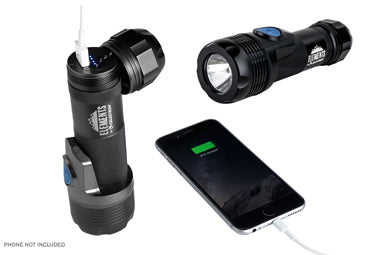What is stellar magnitude? How can understanding magnitude help me as an amateur astronomer?
April 1, 2021

Astronomers use a scale of stellar magnitude to accurately measure the brightness of a star or astronomical object under optimal viewing conditions (zero light pollution). The brighter the object, the lower the number assigned as a magnitude, the dimmer the object, the higher the number assigned as a magnitude. The Sun is a whopping magnitude -26.7; Sirius, the brightest appearing star in the night sky, is magnitude -1.4 while Uranus is magnitude 5.8 (about near the naked eye limit).

Each object with an increased number (next larger magnitude number) is approximately 2.5 times fainter than the one preceding it. The faintest star most people can see with your unaided eye (without optical aid) from dark skies is about sixth magnitude, or magnitude 6.0. The brightest stars have negative magnitude numbers.
Each telescope and binocular includes a specification called “Limiting Stellar Magnitude,” which identifies the magnitude of the faintest object visible with that optic under zero light pollution conditions (see image below). Adding things like filters, additional prisms, focal reducers, or other optical accessories can lower this number considerably for any optical instrument.

Here are a couple of celestial objects and some Celestron products that can be used to view them based on their limiting stellar magnitude:
This list is only a small sample. We invite you to browse our products to find out the limiting stellar magnitude of your telescope. Remember, the apparent size and brightness of celestial objects is based on the telescope’s aperture, the eyepieces and accessories you are using, seeing conditions, and ambient light pollution.
What about comets?
Comets are highly variable in magnitude based on the distance from Earth as they travel. These objects can have a faint magnitude and rapidly grow in brightness as they approach the Sun. In 2020, Comet NEOWISE eventually achieved magnitude 1. We suggest referencing websites, planetarium software like Celestron’s Starry Night Software or phone apps like Celestron’s SkyPortal (both included with purchase of any Celestron telescope) to learn more about a particular comet’s magnitude.
Why do RASA telescopes not include the “Limiting Stellar Magnitude” specification?
“Limiting stellar magnitude” is a telescope specification that relates to the faintest star you can see through the eyepiece. Since the RASA telescopes are not for visual observing and do not accept eyepieces, this specification is not applicable.
How can I determine magnitude under light polluted skies?
As light pollution becomes more and more of a problem in the modern world, the viewing conditions under which you are using your optical instruments are often less than ideal. We’ve put together the chart below that includes the variations in limiting stellar magnitude you can expect under three different categories of viewing conditions:
|
Objective Diameter in mm |
Limiting Stellar Magnitude (Ideal Viewing Conditions) |
Limiting Stellar Magnitude (Moderate Transparency or Moderately Light Polluted Viewing Conditions) |
Limiting Stellar Magnitude (Poor Transparency or Heavily Light Polluted Viewing Conditions) |
|
100 |
12.50 |
11.50 |
10.50 |
|
80 |
12.02 |
11.02 |
10.02 |
|
70 |
11.73 |
10.73 |
9.73 |
|
63 |
11.50 |
10.50 |
9.50 |
|
60 |
11.39 |
10.39 |
9.39 |
|
56 |
11.24 |
10.24 |
9.24 |
|
50 |
10.99 |
9.99 |
8.99 |
|
42 |
10.62 |
9.62 |
8.62 |
|
40 |
10.51 |
9.51 |
8.51 |
|
32 |
10.03 |
9.03 |
8.03 |
|
30 |
9.89 |
8.89 |
7.89 |
|
25 |
9.49 |
8.49 |
7.49 |
|
20 |
9.01 |
8.01 |
7.01 |
|
Unaided Eye |
6.50 |
5.50 |
4.50 |

























